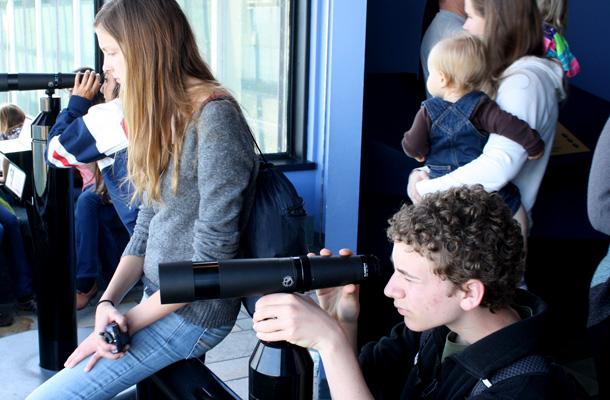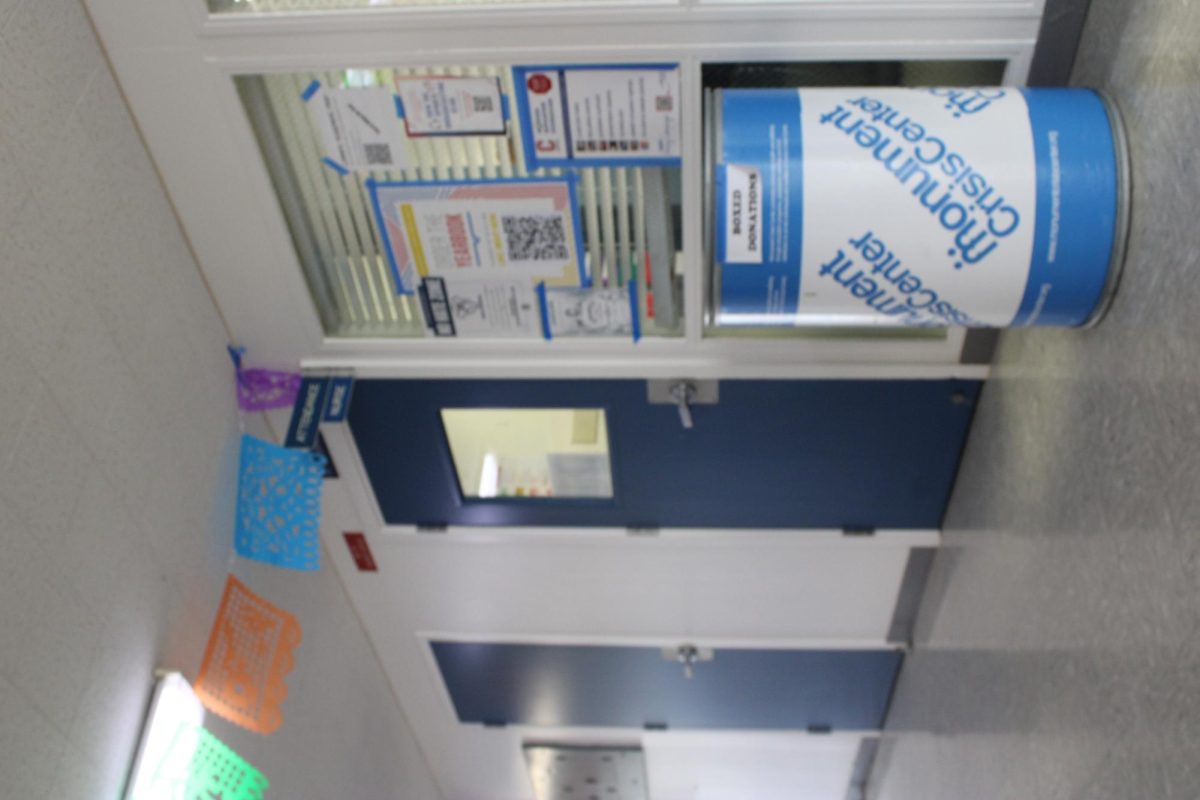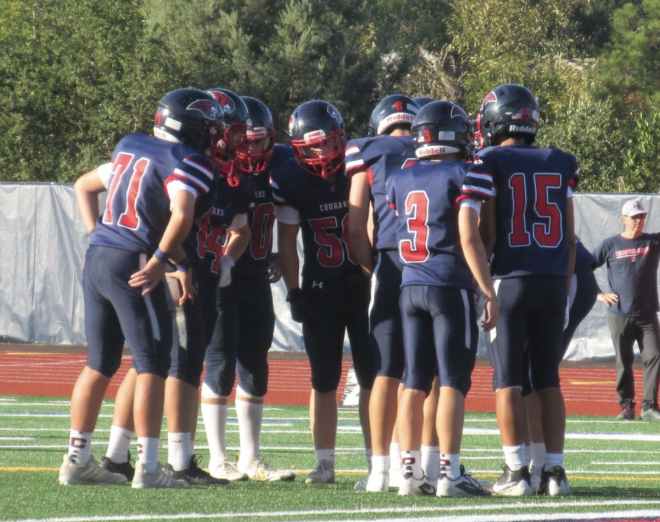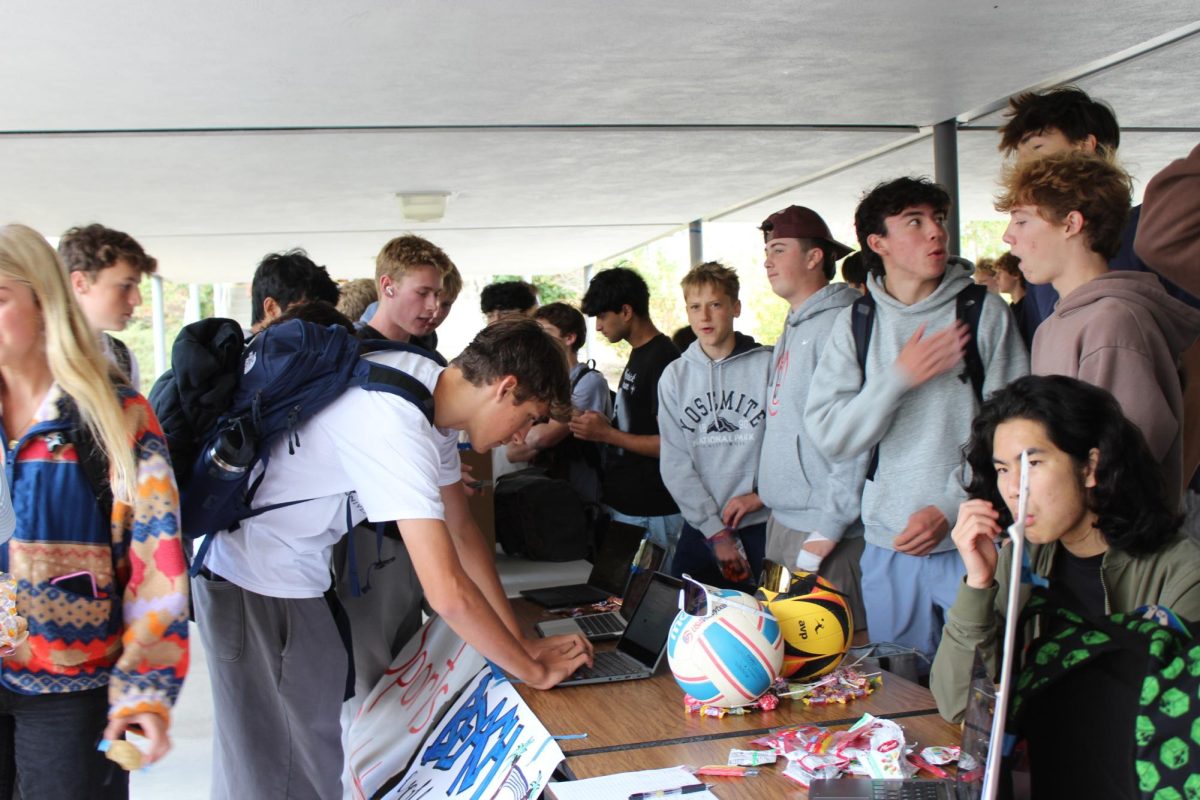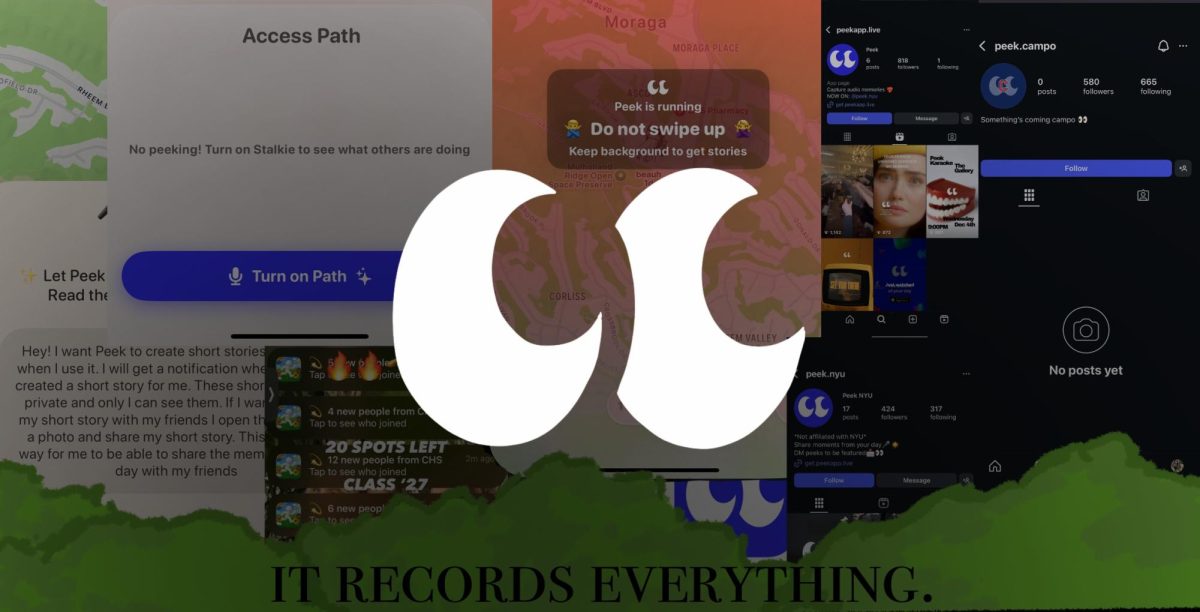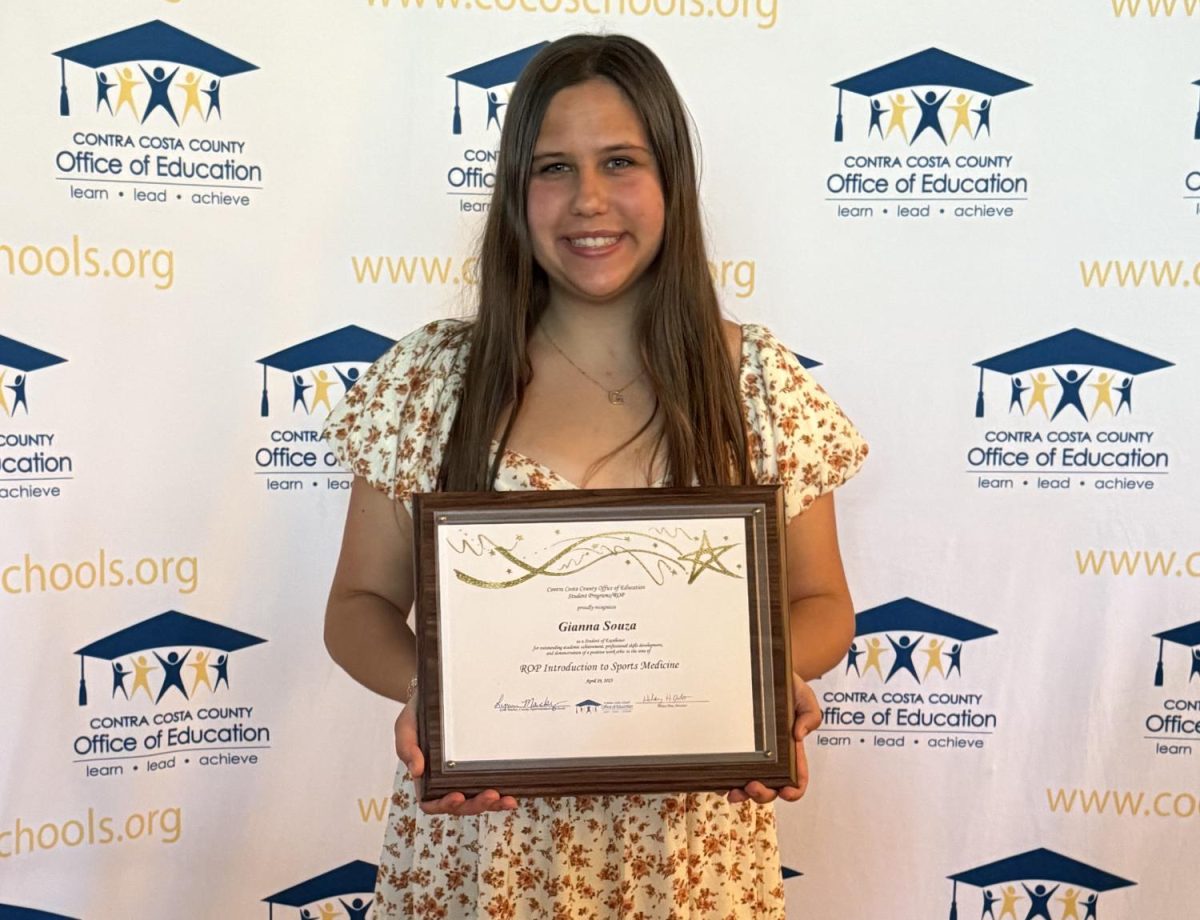Juniors participating in the Acalanes Gifted and Talented Education (AGATE) program attended a 3 day field trip to Monterey Bay from March 21-23. While the fall AGATE program focused on the Point Reyes area, the spring program promoted research on the geography and history of Monterey.
Students design projects that cover a wide range of fields, from green architecture to ecology. The field trip included many stops relevant to these topics, such as the Monterey Bay Aquarium, the Museum of Monterey, Colton Hall, and a kayak trip down the Elkhorn Skew to observe wildlife.
The junior participants were also given a tour of the Moss Landing Laboratory, where they handled some of the sea stars and observed experiments marine biology students were conducting.
AGATE adviser Daniel Reyes said, “It really allows us to get out of the classroom and get hands on experiences in Monterey, which is important for the projects.” AGATE adviser Tren Kauzer added, “I really don’t think you can do a research project on Monterey unless you actually go there.” He also said the trip was one of the things that made the project unique. “It’s rare nowadays in school for students to design your own project and go outside, so those are the things I think are really powerful.”
Acalanes junior Taiki Chiaba’s project is about the Giant Pacific Octopus, which is found in Monterey Bay. Chiaba used the trip to compile additional information about the animal. “At the aquarium, I took pictures of the octopus at the exhibition, which could be helpful. I also went to the information desk and asked for an expert on the octopus, but he only worked Mondays through Fridays. I did get his email, though, so that should help,” he said.
Other students have broader topics, such as Las Lomas junior Annie Webber. “My project is on invasive species, so the Elkhorn Slew Visitor Center really helped,” she said.
At the Visitor Center, the students participated in a microscope lab, where they viewed specimen such as jellyfish, plankton, and sea slugs.
Acalanes junior Ruth Shaffer, whose focus is on ocean acidification, said, “It gave me an idea of the direction I wanted to take it.”
The excursion to the Museum of Monterey was another source of inspiration. Junior Amberlie Kaiser said the exhibits “helped a lot because the first day I had no idea what I wanted to do. It gave me some ideas that I really like.” According to Kaiser, the museum featured several intricately designed exhibits on Monterey’s history, such as sailing and immigration. “I’m not completely set, but I’m leaning toward a project about the Ohlone indians and a painting project that involves two artists of Monterey,” she added.
One of the more memorable parts of the trip was the kayaking excursion, where students saw sea otters, harbor seals, and cormorants from their boats. Chiaba said, “I liked kayaking. It was better than I was expecting it to be. Kayaking itself was a good experience, and I wasn’t expecting to see the animals so close to me.” Some students got closer to the animals than others. Junior Tristan Caro said, “A sea otter climbed on my boat and it was too cute to push away.”
Part of the program is about meeting people from other schools in the districts. Students from Campolindo, Acalanes, Miramonte, and Las Lomas stayed in Monterey’s International Youth Hostel, where they spent time playing card games, chess, and Connect Four. Kaiser said, “I loved the community and how close everyone was. Everyone really integrated and got to know each other.”
Several students, such as Webber, had never stayed in a hostel before. “It was a mix of staying at a dormitory and a family home,” she said.
Students are invited to apply to the program if they were a part of the Gifted and Talented Education (GATE) program in elementary school or if a teacher recommends them. Applicants are then selected through a lottery. Students attend 5 seminars to work on designing the projects, and complete 25 hours of independent research on their project. The juniors must then build an interactive presentation about their project, which will be presented in the Campolindo Library on April 8.
